Our Mission
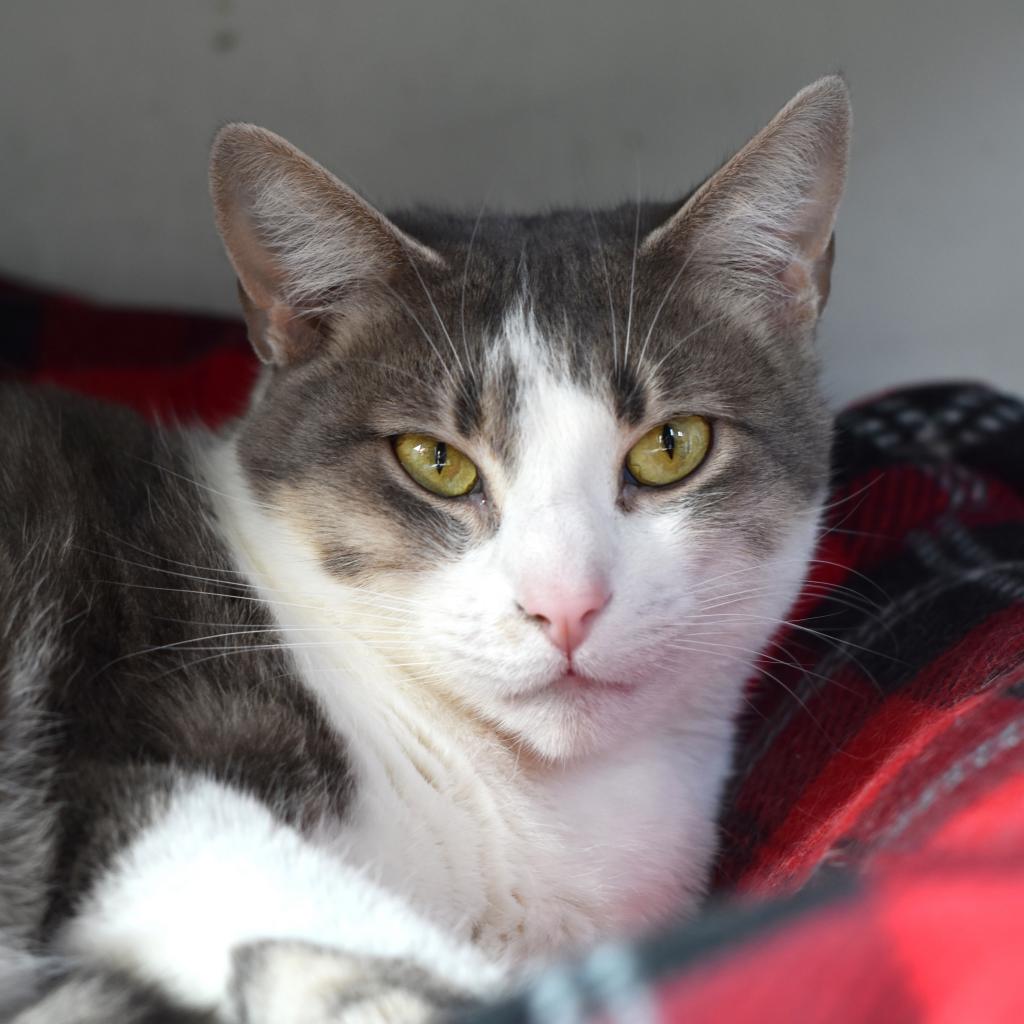
Meet
Pippa
Lonely Hearts Club Member
Pippa has been with CCS longer than any of our other adoptable cats. She lives in our admin building, where she gets all the attention she desires—or doesn’t! A quirky girl, Pippa loves to play, drink water by dipping her paw, steal your chair the moment you step away, and will never let you forget when it’s dinner time.
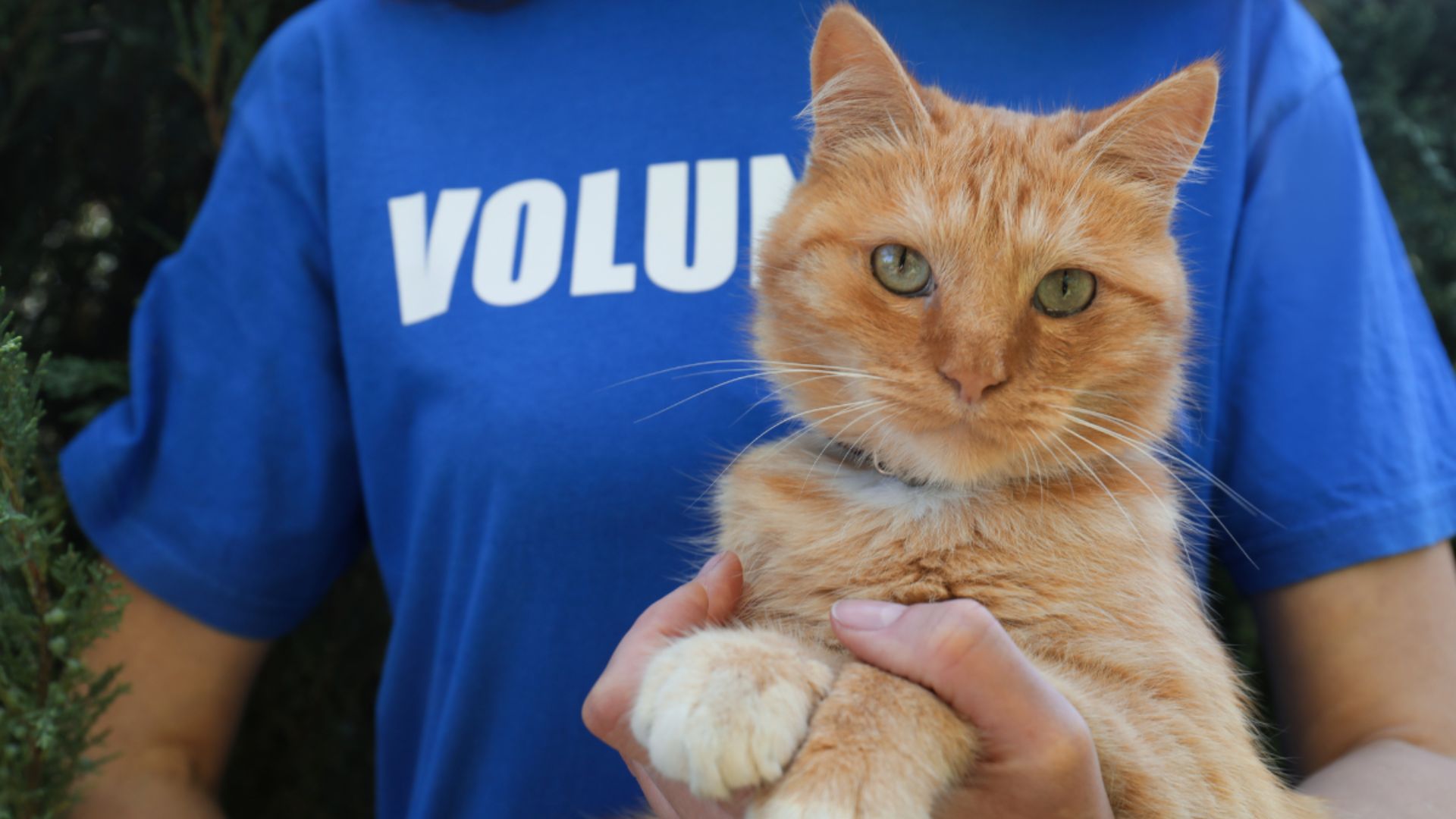
Volunteer
Get involved by giving back! We have many volunteer roles available to help support the cats in our shelter. A few hours can make a world of difference.
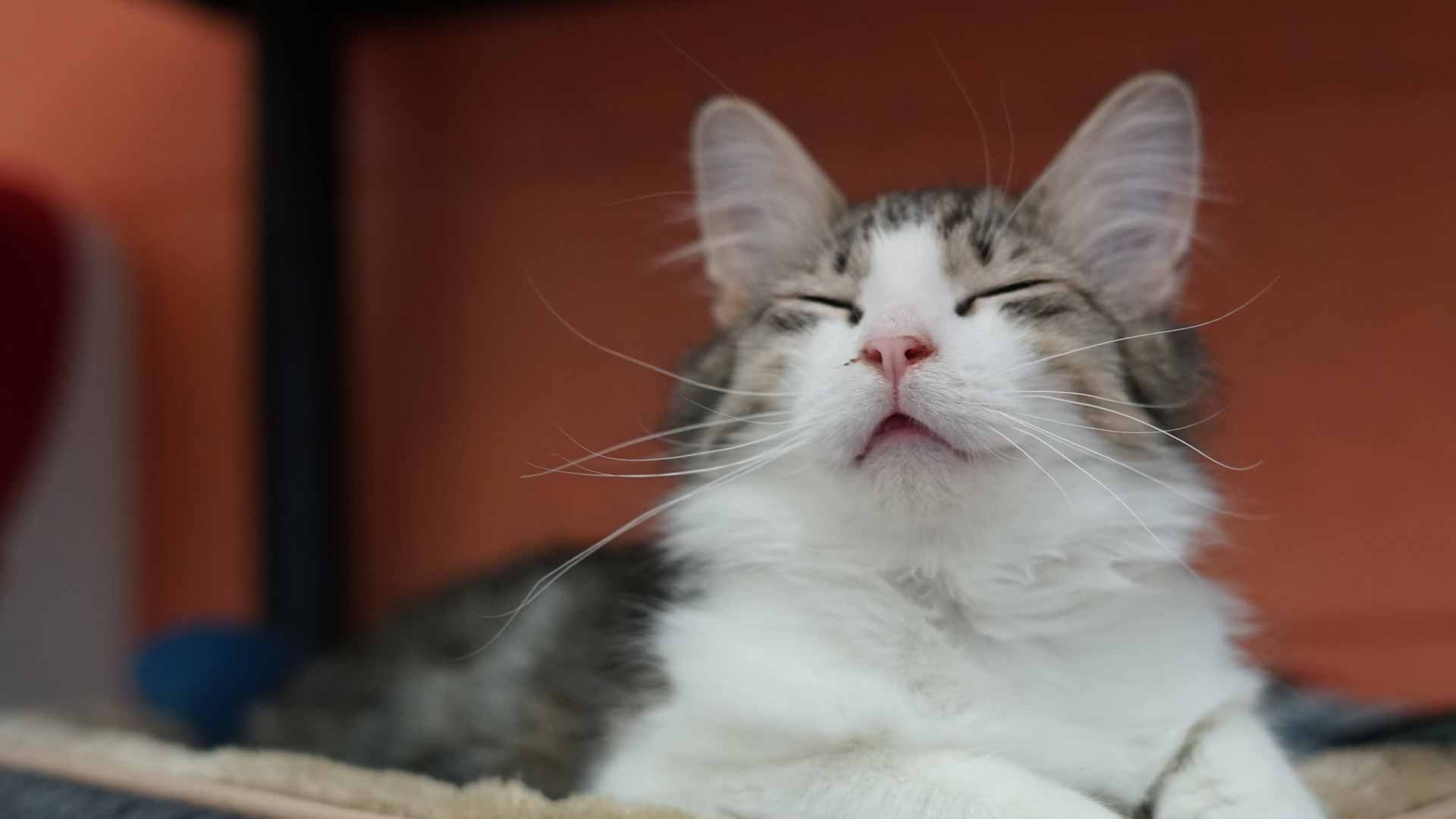
Foster
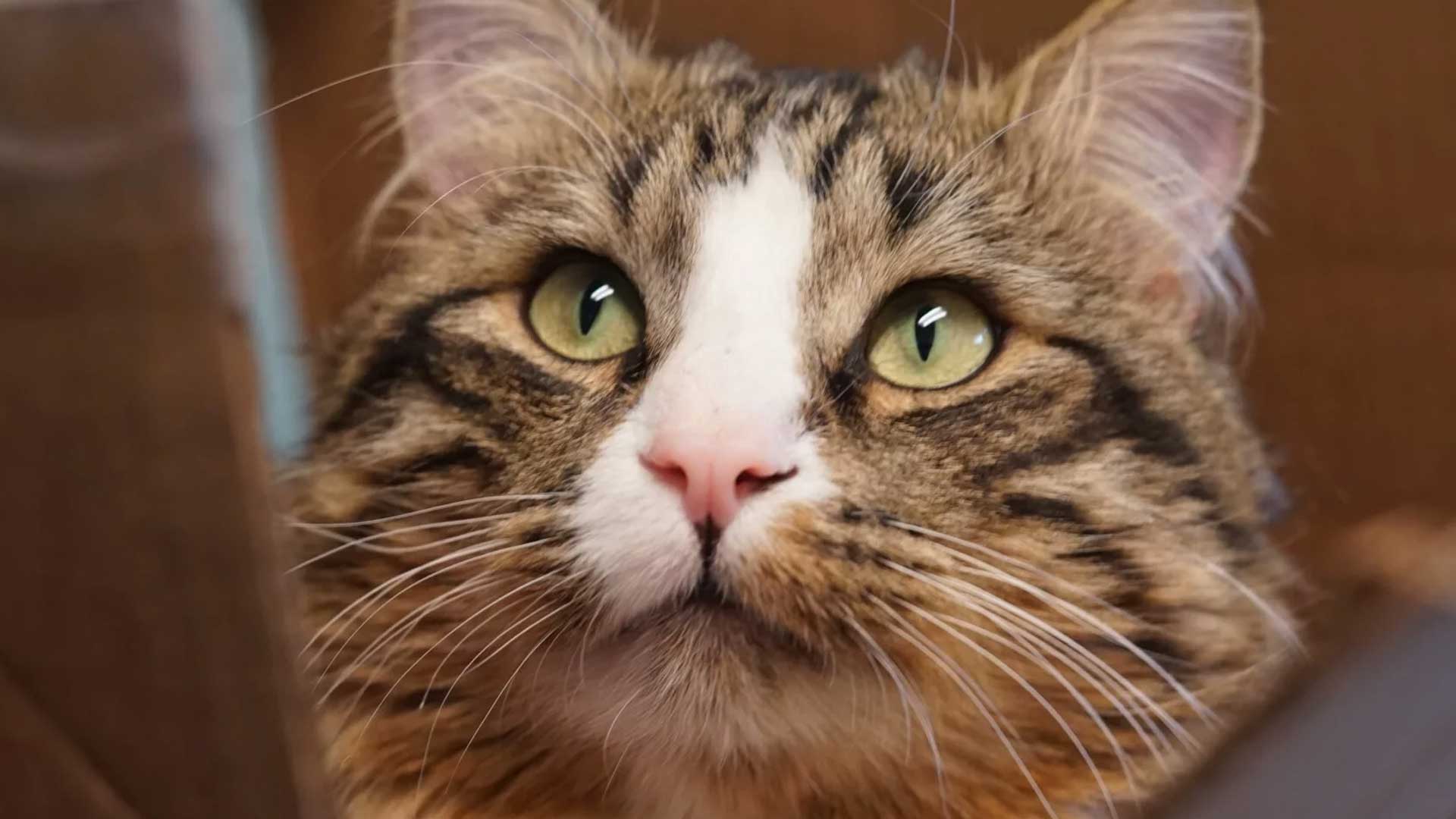
Adopt
Save a life and find your new best friend while opening up more space in the shelter. After picking out your purrfect match, apply to adopt!
Upcoming Events
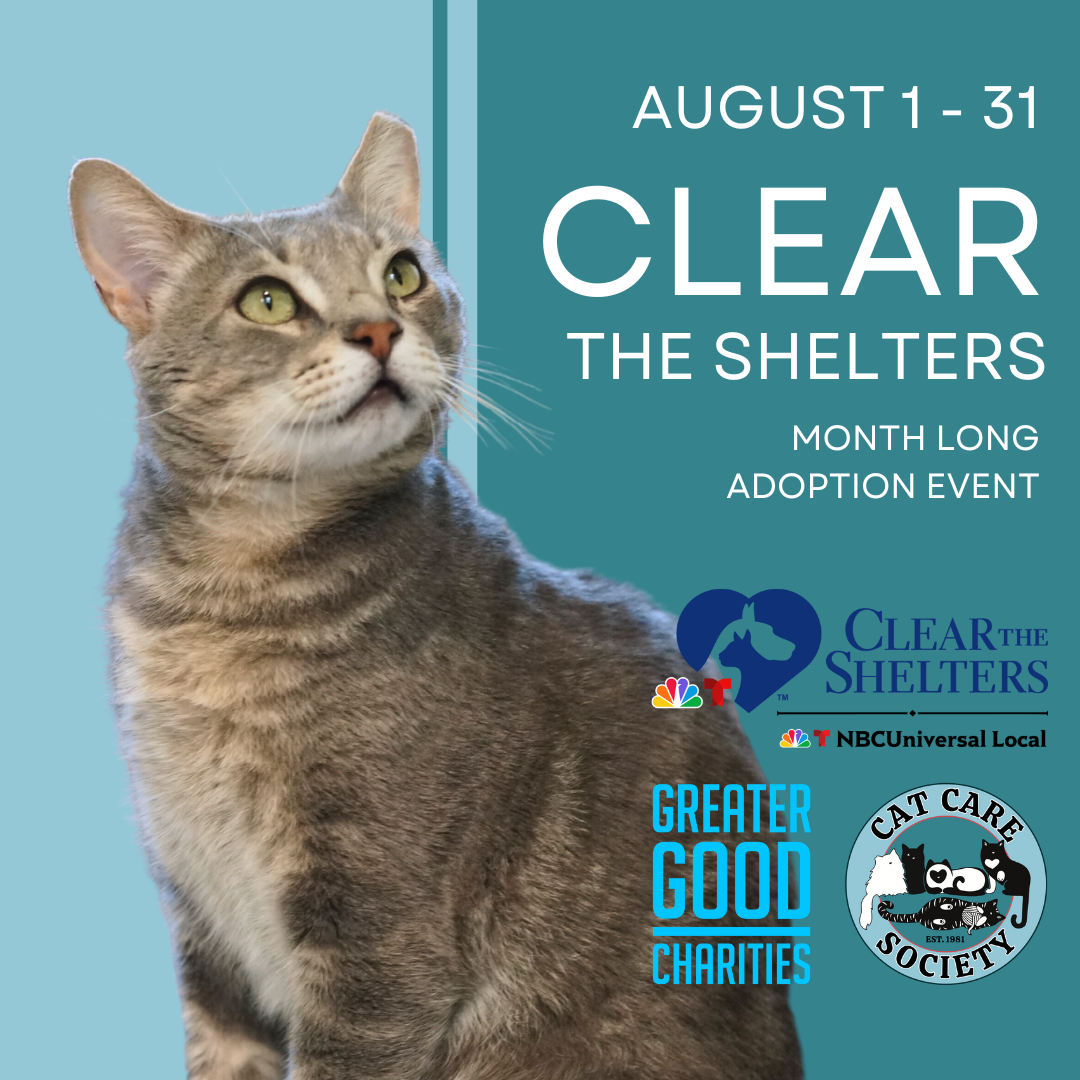
Free Adoption Event & Thrift Shop: Clear the Shelters

CCS @ Denver PrideFest
- Ends June 23, 2024
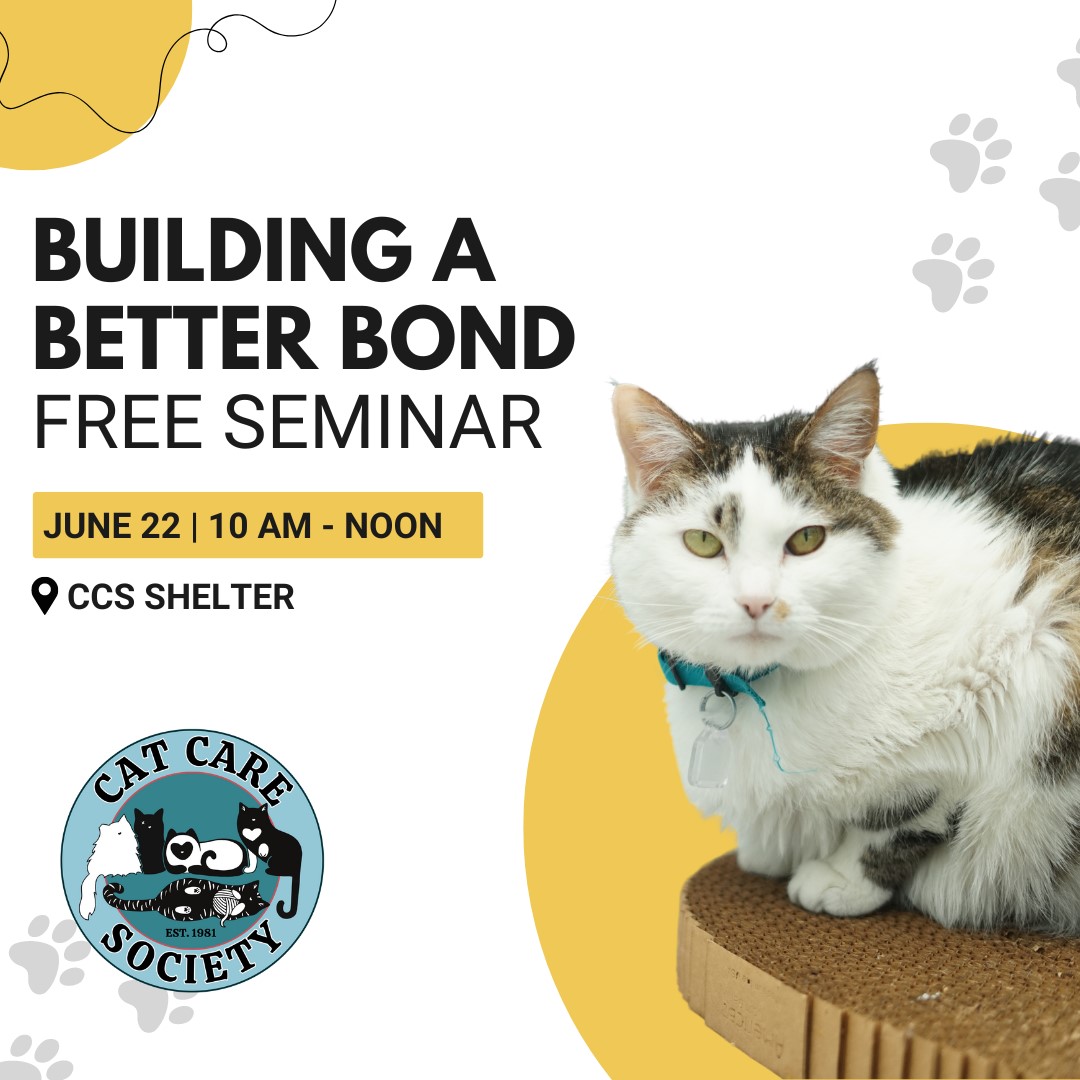
Seminar: Building a Better Bond with Your Kitty

Summer Art Auction (Online)
- Ends August 9, 2024
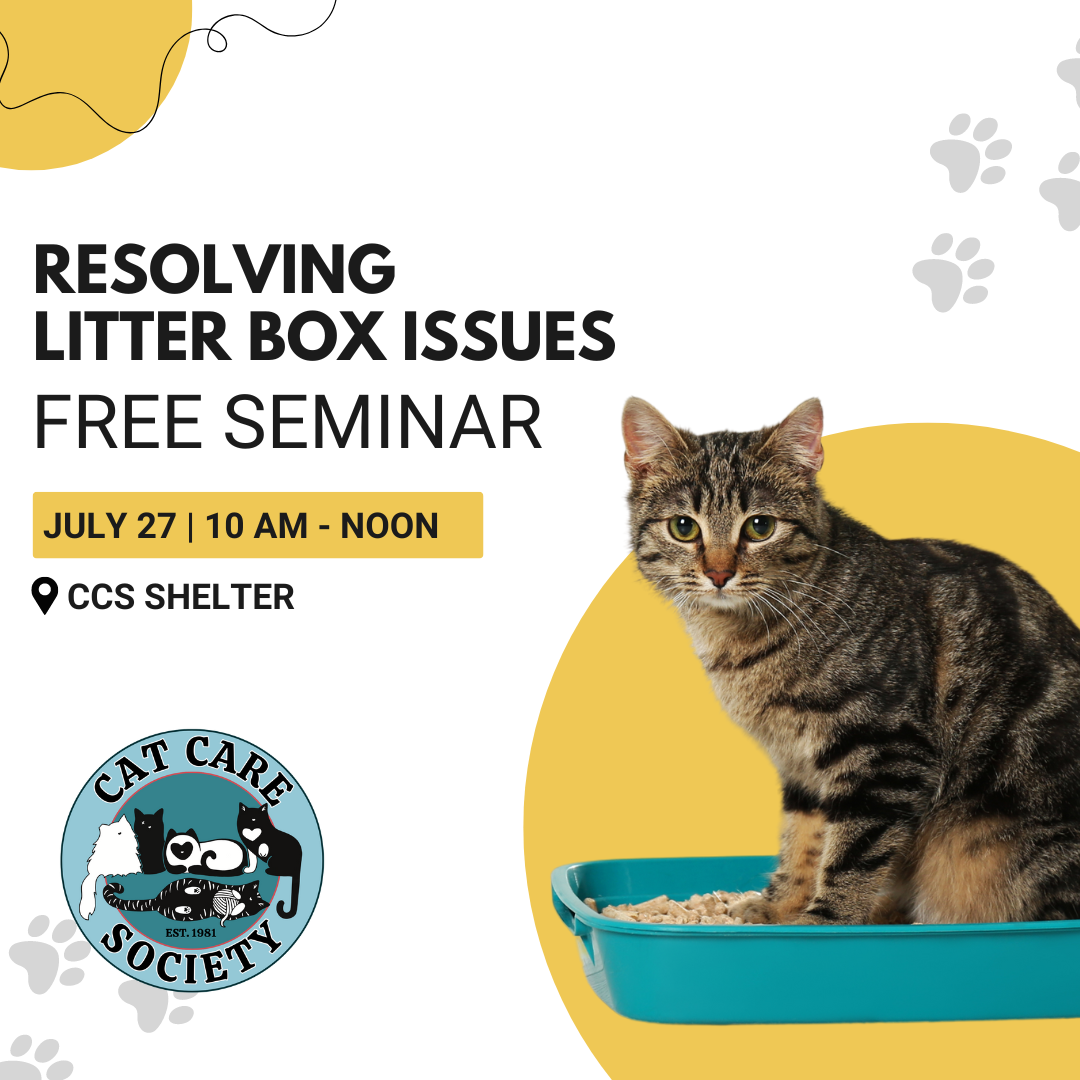
Seminar: Resolving Litter Box Issues
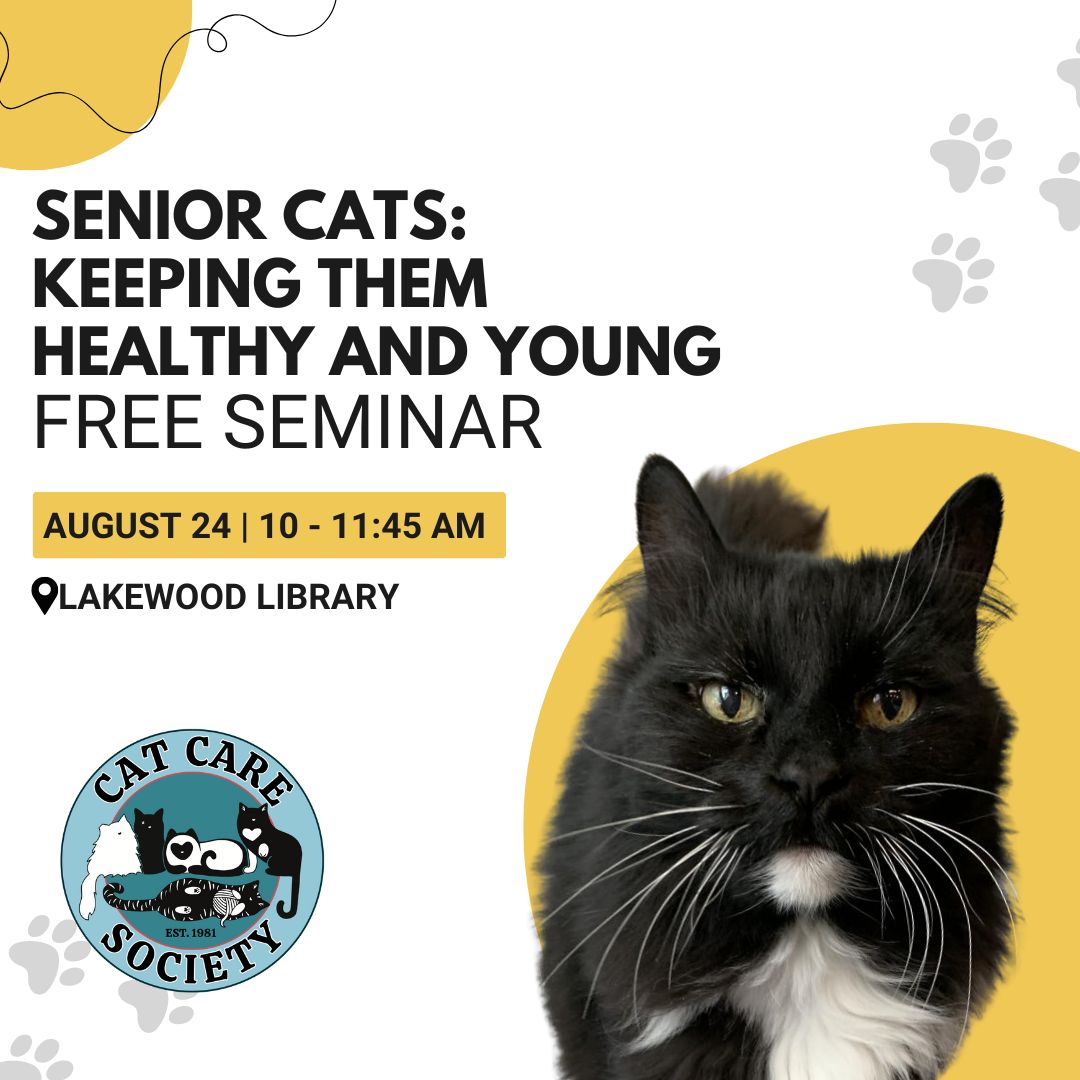
Seminar: Keeping Senior Cats Healthy & Young
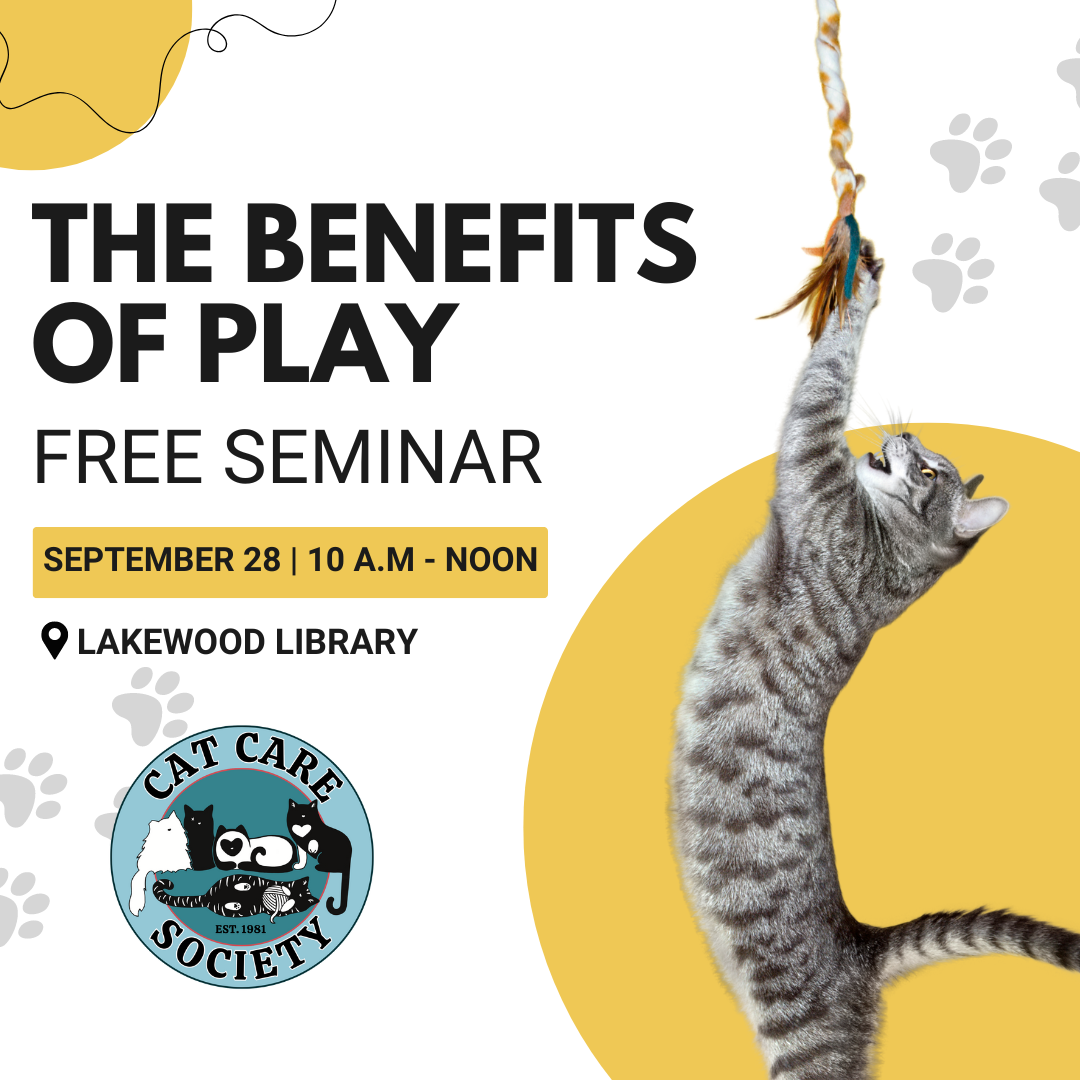
Seminar: The Benefits of Play

Seminar: Clicker Training Your Cats

Santa Paws
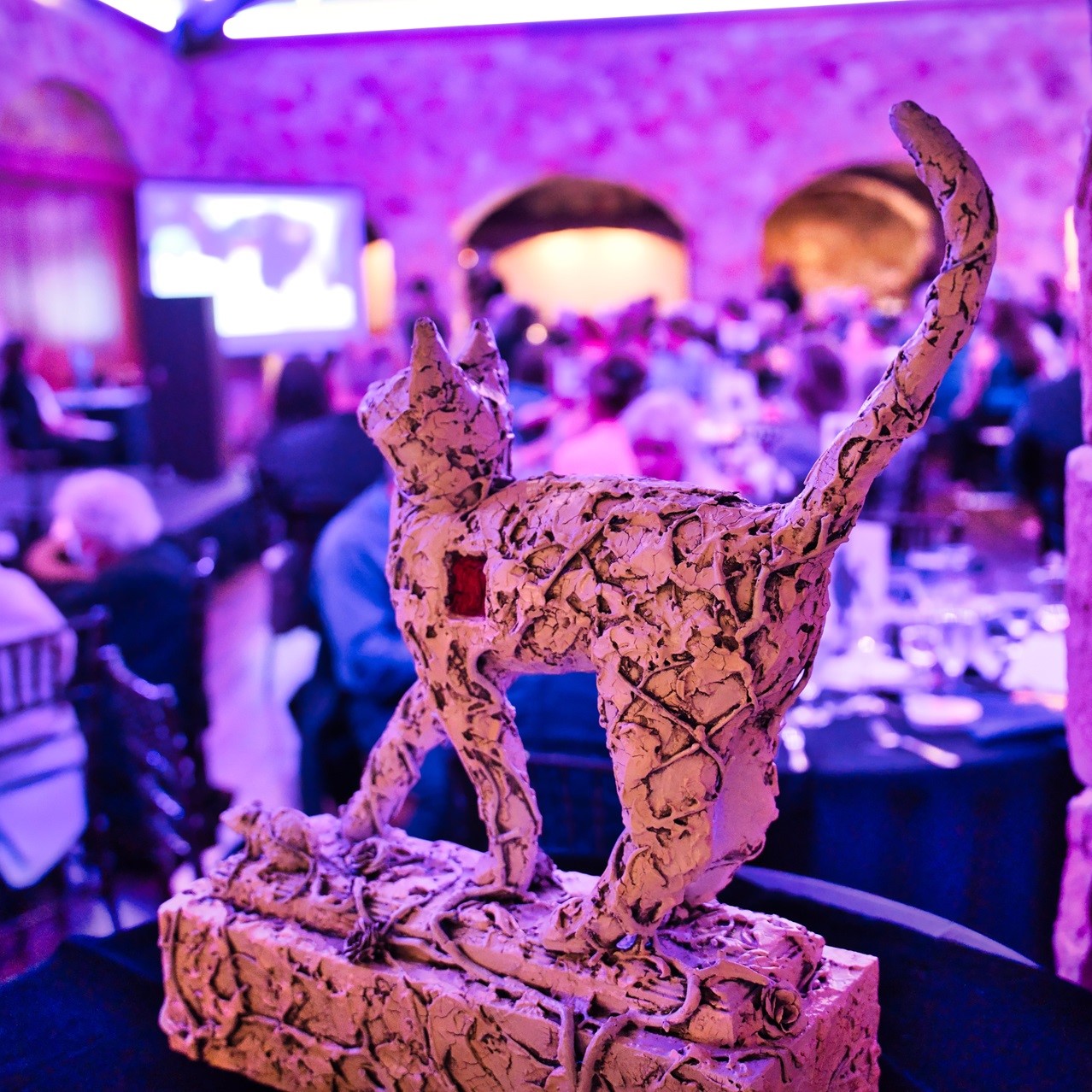
Tails of the Painted Cats
The Whisker Whisper Blog
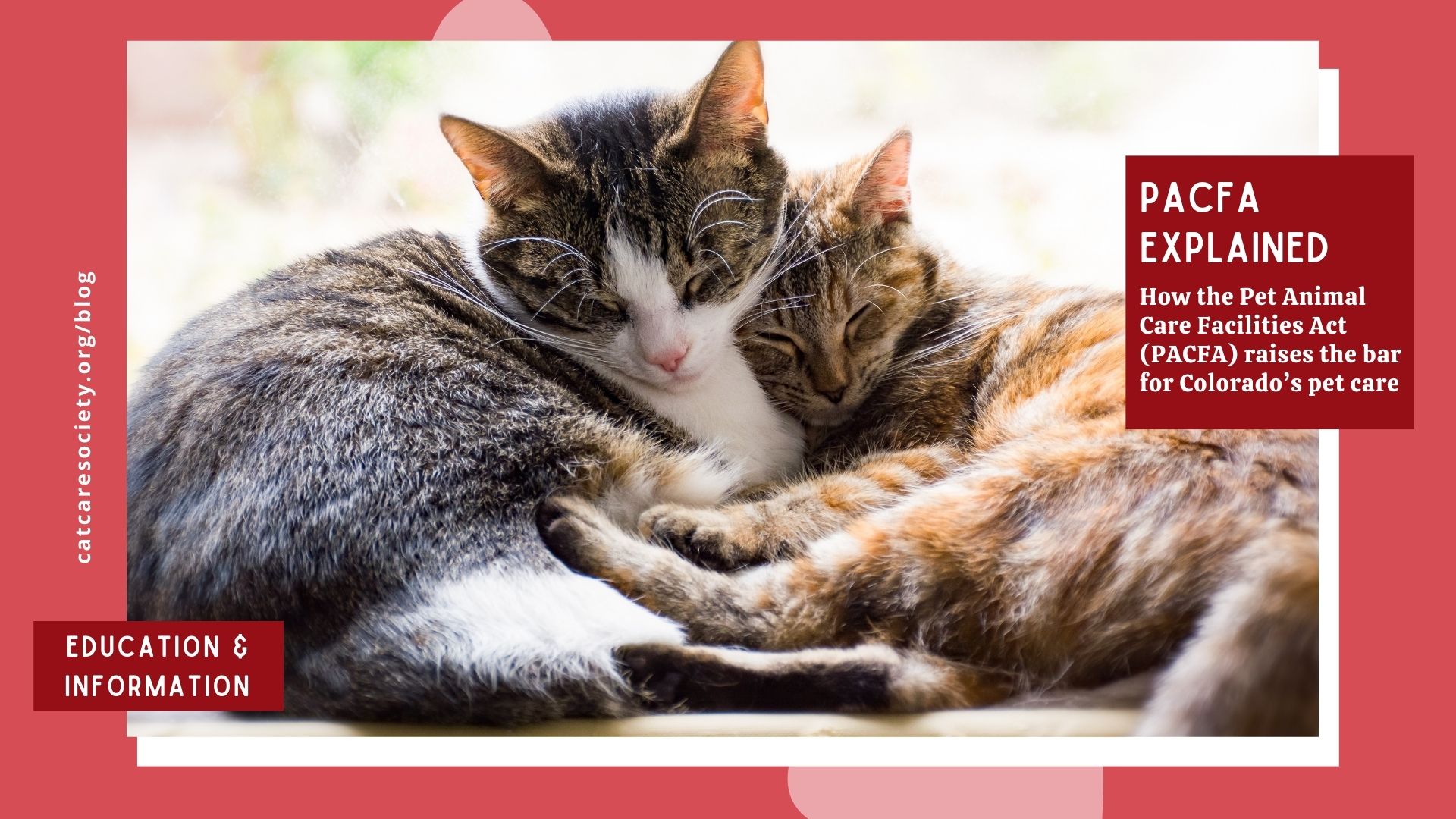
PACFA Explained: How the Pet Animal Care Facilities Act (PACFA) Raises the Bar for Colorado’s Pet Care

How Cats Boost Our Health and Happiness in Winter and Beyond
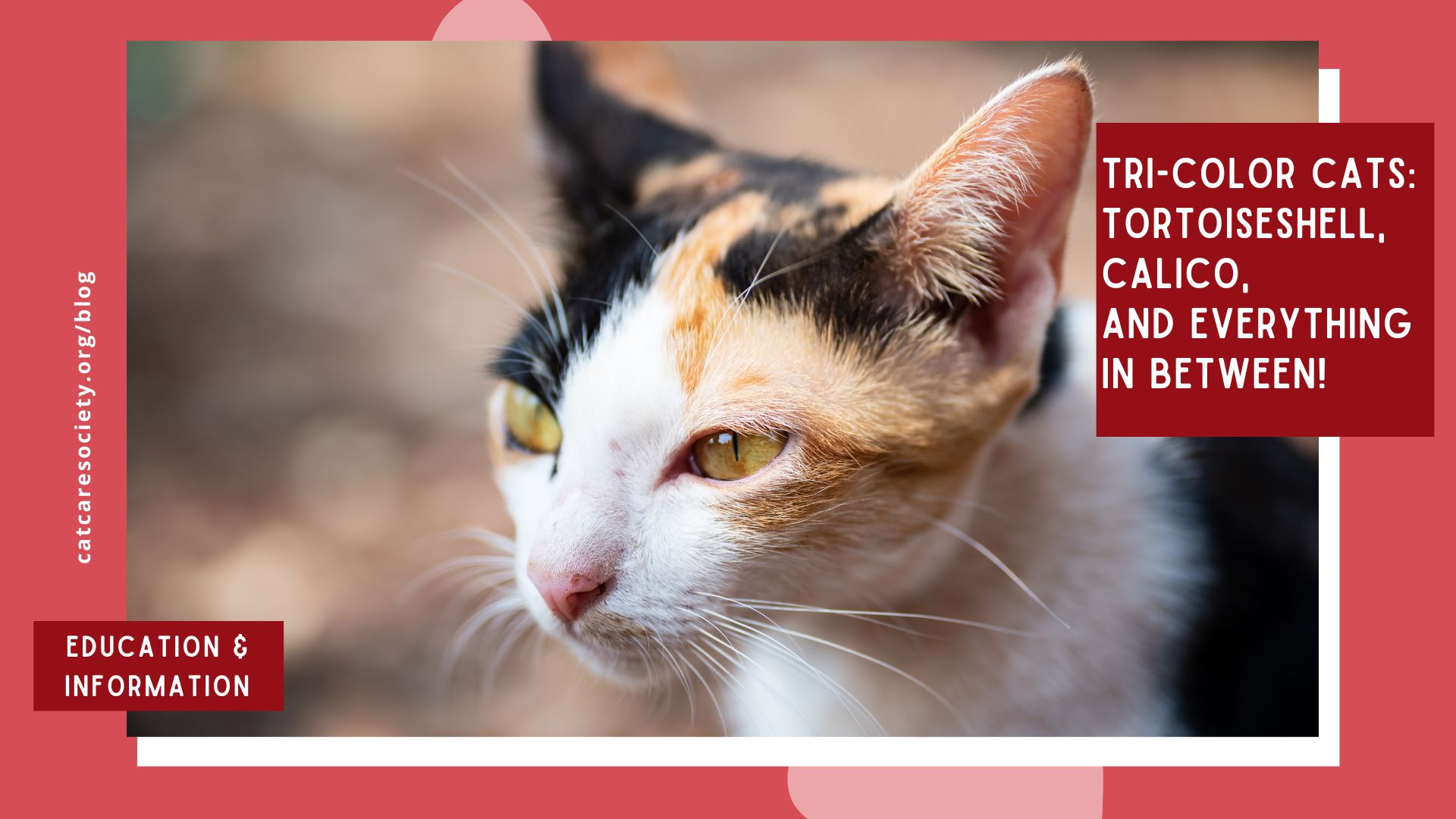
Tri-color Cats: Tortoiseshell, Calico, and Everything In Between!

PACFA Explained: How the Pet Animal Care Facilities Act (PACFA) Raises the Bar for Colorado’s Pet Care

How Cats Boost Our Health and Happiness in Winter and Beyond

Tri-color Cats: Tortoiseshell, Calico, and Everything In Between!
Introduction
With Halloween approaching, it’s the perfect time to spotlight a particular type of cat—and no, we’re not talking about black cats! Instead, we’re focusing on tri-color cats, whose coats feature a mix of black, orange, and white in varying patterns and ratios. While “tri-color” and “calico” are often used interchangeably, calico cats have a distinct coat pattern. Tortoiseshell cats are also considered tri-color, even though they usually lack white and have their own unique pattern. It’s important to remember that “calico” and “tortoiseshell” refer to coat patterns, not breeds. These color combinations are the result of genetics and can appear in any breed, though they are more commonly found in breeds like American Shorthair, British Shorthair, Japanese Bobtail, Maine Coon, and Persian.
There are also diluted and tabby variations of tortoiseshell and calico cats—so many colorful kitties to love! In the rest of this article, we’ll explore the different markings and patterns that define each type of tri-color coat. By the end, you’ll be able to recognize the unique beauty of every tri-color cat you encounter.
Tri-color Cat Genetics
Tri-color cats are almost always female, with approximately one in 3,000 being male. This is because two X chromosomes are needed to have a distinctive tri-color coat. Typically, if a cat has an XX pair, she will be female. Male cats have an XY chromosome pair, so they’re not tri-color unless they have at least one extra chromosome (XXY). Unfortunately, these males often suffer from Klinefelter’s Syndrome, a condition that can negatively affect their health and longevity.
Calico Cats and Their Variations
Calico cat coats feature patches of solid orange, black, and white. The white color is a result of a genetic condition called piebalding, which occurs in a range of other domestic and farm animals. In a diluted calico, the colors are more muted to cream, gray, and white, due to a gene inherited from one of the parents that diminishes color intensity.

“Tabico” is a term for cats that have a combination of tabby and calico markings. These cats have large patches of orange and black on a white background, with tabby stripes overlaying some of the black and orange areas. When tabby stripes cover the forehead, they form the distinctive “tabby M.” A diluted tabico’s coat features cream, gray, and white fur.
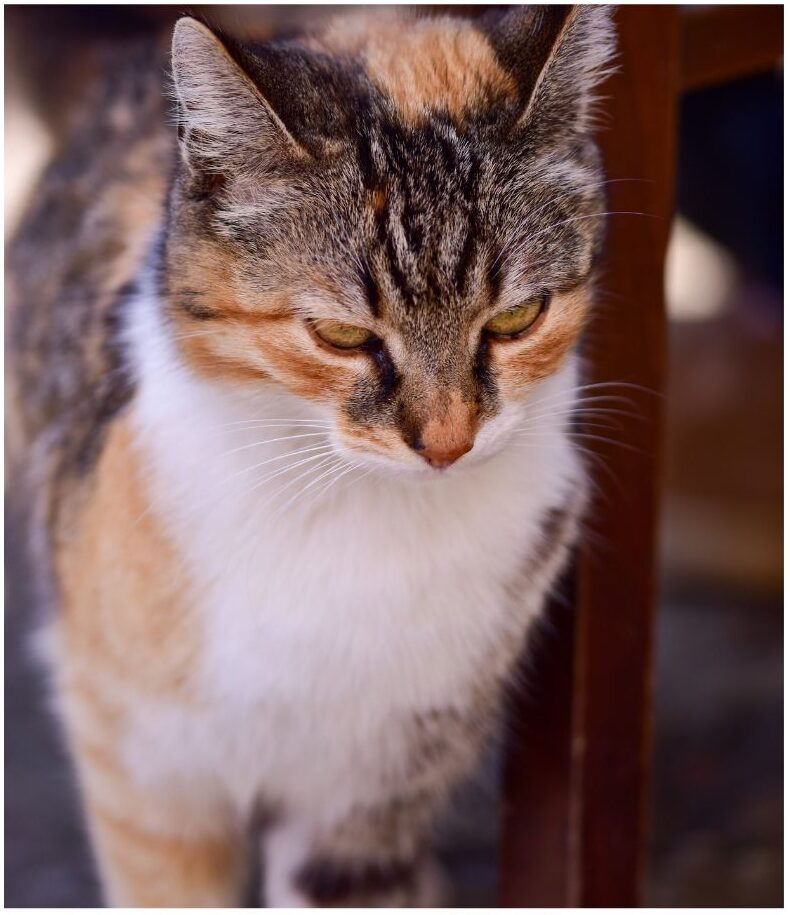
Tortoiseshell Cats and Their Variations
Tortoiseshell, or “tortie,” cats have brindle patterns (irregular stripes or streaks) of orange and black with little to no white. A diluted tortie has gray and cream colors and is a result of both parents carrying a recessive gene that impacts the intensity of the colors.
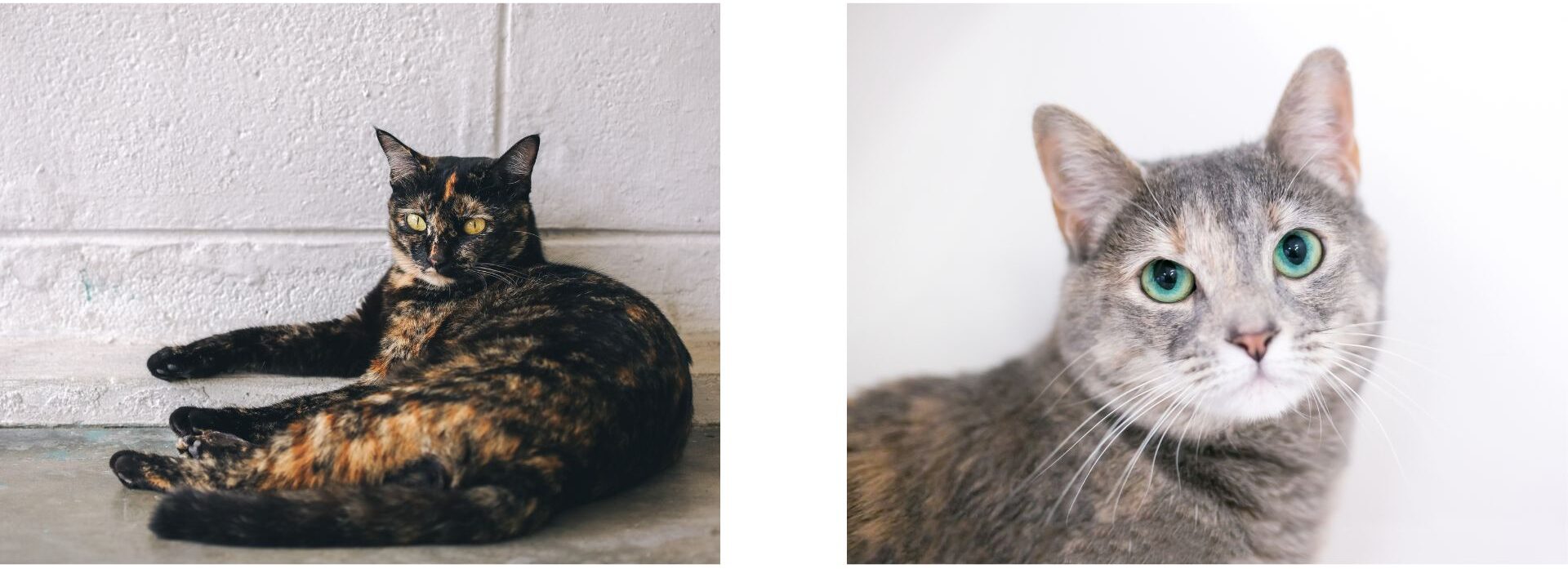
A torbie cat exhibits both the multi-colored brindle pattern of a tortoiseshell cat and the characteristic stripes or spots of a tabby. Like the tabico, if there are tabby stripes on the cat’s forehead, they will display the “tabby M.” Diluted torbies usually have a cream, gray and white coat.
Tortico: A Unique Blend
A “tortico” is a combination of classic tortie and calico markings, featuring large patches of orange and black brindling on a white background. A diluted tortico is relatively rare, and will be gray and cream, and white.

Closing and Final Fun Facts!
As you can see, there are many variations of tri-color cats but you can still count yourself lucky if you run into one! In many cultures tri-color cats are connected with good luck and good fortune, and in the U.S., they are sometimes called “money cats.”
People who have tri-color cats often report that they’re equally sweet and sassy and tortoiseshell cat owners often refer to their feisty side as having “tortitude.” However, since tri-color cats aren’t a breed, research hasn’t been able to confirm that this extra feistiness is a distinct trait related to their coat pattern. That said, if you haven’t taken our “Whats Your Cat Purrsonality” quiz on our Just Fur Fun page, now’s your chance! Discover which cat breed or color pattern best represents you—maybe even find out if you have a bit of tortitude!”
About the Author: Beth Dokolasa is a volunteer for Cat Care Society and serves on the Board of Directors. She is an instructional developer for Natural Grocers and lives in Indian Hills, Colo., with her husband, daughter, and two cats, Techno and Digit.
Open Hours
Tues–Weds: Closed
